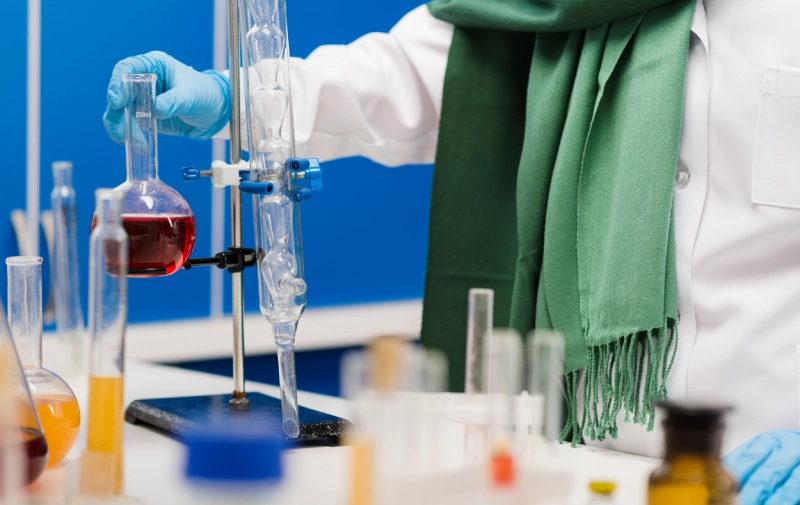
Coagulation Studies
Coagulation studies are critical in evaluating the blood's ability to clot and in diagnosing disorders related to excessive bleeding or clotting. These tests help assess the function of various components in the coagulation cascade and are essential for guiding treatment plans in patients with clotting disorders, monitoring anticoagulant therapy, and managing surgical or trauma patients.
Key Coagulation Tests:
Prothrombin Time (PT):
- Purpose: Measures how long it takes for blood to clot by evaluating the extrinsic and common pathways of the coagulation cascade.
- Clinical Use: Commonly used to monitor patients on warfarin (a blood thinner) and assess liver function. It helps diagnose bleeding disorders, vitamin K deficiency, or liver disease.
- Normal Range: Typically 10-13 seconds (can vary by laboratory).
International Normalized Ratio (INR):
- Purpose: Standardizes the PT results, allowing for consistency across different labs.
- Clinical Use: INR is mainly used to monitor patients on warfarin therapy. A target INR range is often between 2.0 and 3.0 for effective anticoagulation.
- Target Range: Varies based on condition (e.g., atrial fibrillation, deep vein thrombosis), with typical ranges between 2.0-3.0.
Activated Partial Thromboplastin Time (aPTT):
- Purpose: Measures the clotting time of plasma, assessing the intrinsic and common pathways of the coagulation system.
- Clinical Use: Used to monitor heparin therapy and to diagnose clotting disorders such as hemophilia or von Willebrand disease.
- Normal Range: Typically 25-35 seconds.
D-dimer Test:
- Purpose: Measures the presence of fibrin degradation products, indicating active clot formation and breakdown.
- Clinical Use: Helps in diagnosing conditions associated with clot formation, such as deep vein thrombosis (DVT), pulmonary embolism (PE), and disseminated intravascular coagulation (DIC).
- Normal Range: Usually <500 ng/mL (can vary based on method).
Thrombin Time (TT):
- Purpose: Measures how long it takes for fibrinogen to convert into fibrin when thrombin is added.
- Clinical Use: Used to detect fibrinogen deficiencies or abnormalities and to monitor certain anticoagulant treatments.
- Normal Range: Typically 12-14 seconds
Fibrinogen Level:
- Purpose: Measures the amount of fibrinogen, a key protein involved in blood clot formation.
- Clinical Use: Low fibrinogen levels can indicate conditions like DIC, liver disease, or severe bleeding, while elevated levels may indicate an acute inflammatory state.
- Normal Range: 200-400 mg/dL.
Bleeding Time:
- Purpose: Assesses platelet function and the body's ability to form clots at the site of a small injury.
- Clinical Use: Helps diagnose conditions affecting platelet function, such as thrombocytopenia or von Willebrand disease.
- Normal Range: Typically 1-9 minutes.
Clinical Applications of Coagulation Studies:
- Diagnosis of Bleeding Disorders: Identifying conditions such as hemophilia, von Willebrand disease, or vitamin K deficiency.
- Monitoring Anticoagulant Therapy: Ensuring patients on blood thinners like warfarin or heparin maintain safe and therapeutic clotting times.
- Pre-Surgical Screening: Assessing bleeding risk before surgeries or invasive procedures.
- Evaluation of Liver Disease: As the liver produces many coagulation factors, abnormal clotting tests can indicate liver dysfunction.
- Detecting Thrombosis and Embolism: Identifying conditions where blood clots form abnormally, such as in deep vein thrombosis (DVT) or pulmonary embolism (PE).
Advanced Technology and Quality Assurance:
Rejath Lab utilizes automated coagulation analyzers to ensure accuracy, precision, and quick turnaround times. All tests are conducted under stringent quality control processes, ensuring reliable results critical for patient safety and care.
